-
Posts
132 -
Joined
-
Last visited
Content Type
Profiles
Forums
Blogs
Gallery
Events
Store
Posts posted by eurorders
-
-
-
-
-
-
Hi, I know this is Austro Hungarian and made by sword-maker Blazincic & Sohne, if Vienna. Its scabbard is partitioned like navy presentation swords with the leather exterior and escutcheons at the three key places. It is filigreed, with the coat of arms, but no poseidon or neptune or anchors. Thanks. Wondering any information including range of date of manufacture.It has the Franz Joseph monogram on the scabbard and a single fixed ring.
0 -
-
-
-
I bought a Cavalry sword the other day, lions head "grosser" model and I am intrigued by the number set on the langet. Please tell me if I am on the mark or not...
Prussian imperial deluxe pattern Lions head “Grosser/larger” (also known as “fighting weight”) artillery sword (shown left for comparison with standard model) and scabbard made sometime between 1912 and 1914. Pantherhead quillon. Fishskin grip covering. Triple wrap grip wire. Etched and nickeled blade excellent condition. Circa 1900. Deeply gilt lion head pommel with red ruby eyes. Scabbard is blued steel with 2 brass scabbard bands.
Engraved, large curved blade; sharkskin grip; elaborate scrolling on knuckle quill. It has a shield hallmark and Geschultze Muster. Helmeted Athena head on outside backstrap of handle. Oakleaves on solid wide knucklebow. And on reverse langet, the numbers 6/.58 then a small 3. That might have meant 6th Corps artillery, 58th Regiment, 3rd weapon. The obverse langet is crossed cannons. Made by Clemen & Jung. Maybe issued to an officer in an Upper Silesian military unit.
A somewhat similar model featured on pages 83, 86, 88 and 89 of the book, “Imperial German Edged Weaponry”
I bought a ARTILLERY (earlier typo) sword the other day, lions head "grosser" model and I am intrigued by the number set on the langet. Please tell me if I am on the mark or not...
Prussian imperial deluxe pattern Lions head “Grosser/larger” (also known as “fighting weight”) artillery sword (shown left for comparison with standard model) and scabbard made sometime between 1912 and 1914. Pantherhead quillon. Fishskin grip covering. Triple wrap grip wire. Etched and nickeled blade excellent condition. Circa 1900. Deeply gilt lion head pommel with red ruby eyes. Scabbard is blued steel with 2 brass scabbard bands.
Engraved, large curved blade; sharkskin grip; elaborate scrolling on knuckle quill. It has a shield hallmark and Geschultze Muster. Helmeted Athena head on outside backstrap of handle. Oakleaves on solid wide knucklebow. And on reverse langet, the numbers 6/.58 then a small 3. That might have meant 6th Corps artillery, 58th Regiment, 3rd weapon. The obverse langet is crossed cannons. Made by Clemen & Jung. Maybe issued to an officer in an Upper Silesian military unit.
A somewhat similar model featured on pages 83, 86, 88 and 89 of the book, “Imperial German Edged Weaponry”
0 -
Here is a Black Eagle shabrack star of the officer’s ornamental saddle caparisons, Royal Prussian Guard regiments from about 1870 until shortly after 1900. 130 MM/5 inches top to bottom I acquired this year.

and a Embroidered imperial regimental banner with tassels for the veterans of the foot Artillery Regiment 14 of the Offenburg unit in Baden Germany
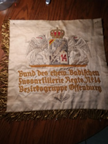 0
0 -
Here is an Austrian shako cap I bought, along with oilskin dustcover and original case.
 0
0 -
I have since learned from others in my circle that all of these with the exception of the small 3-place group are unlikely genuine medal groups. I am speaking only of the medal bars in last photos submitted covering just those two filled/jumbo cases. It is sad to me to learn that folks would create/fabricate "made-up" sets like what I heard. I am all into genuine things....So let us all now together turn the table of presumptions in this particular regard around to the other direction, namely going with the stance that just about every medal bar in those two cases of my friend are not the real thing -- unless I hear a good rendition otherwise in this forum. Otherwise, I will consider them to not be in the category of entirely real and true parade medal bars.
0 -
Thanks Laurentius. I appreciate that. Andreas, since these medal bars are not mine, but belong to another, I do not have the privilege of photographing the backsides of them. I think, let's just go with our normal healthy skepticism and go with what is visible and known. I thank you all for your participation in this interesting quest or discovery.
0 -
Then I am glad I did not trade for those two earlier. All: What in $USD is the medal bar containing the order of the red eagle worth? It is the same one with the Frans Josef, silesian eagle, and hanseatic cross in the same bar. I assume it is genuine?
0 -
I welcome such remarks, pro and con. They are my friend's medal bars and we all admit one can be fooled when buying things, including me...
PS, I am trying to learn more, too, by googling old photos of officers wearing medal bars 1880s til 1930 period, the point of time of interest to me. Also, my specialty, if one could call it that, is PAN European kingdom enameled orders of decoration. So I am kind of a generalist and have broad interests across that wide spectrum. That is a tall order of learning, but it also keeps me from hyper specializing. That said, which of the medal bars in his two cases IS authentic and MOST valuable and also, what are its value brackets? Thanks. I trade with this person and swap items.
0 -
-
-
A german medal bar for which I traded last week. Here is what a friend who studied them surmised about its potential background.
"My impression is that the recipient was a mid-level functionary on the Saxon royal household staff. The Ernestine House Order was probably a retirement (or very long service) award. The knight's grade would tell me that he was a senior NCO/warrant officer. He obviously saw some active duty early in WWI, perhaps on the personal staff of a Saxon royal. The "merit medal" grade awards support this theory. From the wedding medal to the Turkish medal, I see support of royal/diplomatic visits. Even the Austrian merit cross is on the peacetime ribbon, so probably related to a trip to Austria by his boss (or from the Austrian kaiser to Saxony).
It looks like he started in the early 1900s. The wedding medal was for 1905, so he was probably on the royal staff for that. The latest medal is the Hindenburg Cross (1934), so he still alive then. Interesting that he did not acquire the Austrian, Hungarian or Bulgarian WWI commemorative medals, although he may have felt that this group was impressive enough.
I don't know enough about German Court and State Handbooks to know who is listed and if awards such as these show up, but that would be the next step of inquiry to see if it's possible to attach a name to the bar. A great group, with a very unusual combination of awards."
Here is what I think them to be....
1 iron cross 1914
2 Saxe Coburg Gotha Saxe Ernestine house order merit medal with 1914 and swords
3 Hind. Cross
4 Saxe Ernestine House order cross, knight
5 wedding medal Duke Carl Edward
6 Prussian order of the crown medal
7 9-year medal
8 Bulgarian Ferdinand medal for merit with crown and flying pendilla
9 Bulgarian Ferdinand silver medal
10 Austria merit cross with crown, enameled
11 Sweden Gustav V silver medal
12 Turkish medal for merit, silver
0 -
-
-
-
good point. However, I have seen this with other medal bars. On occasion. I did check the backing and it is original, along with a couple of moth holes in the backing wool and a vintage clasp pin. Also the ribbon is worn at the top as would show wear now and then over a century, so I feel fine with it. I posted a few other medal bars I acquired about the same time in another log on this network.
0 -
-




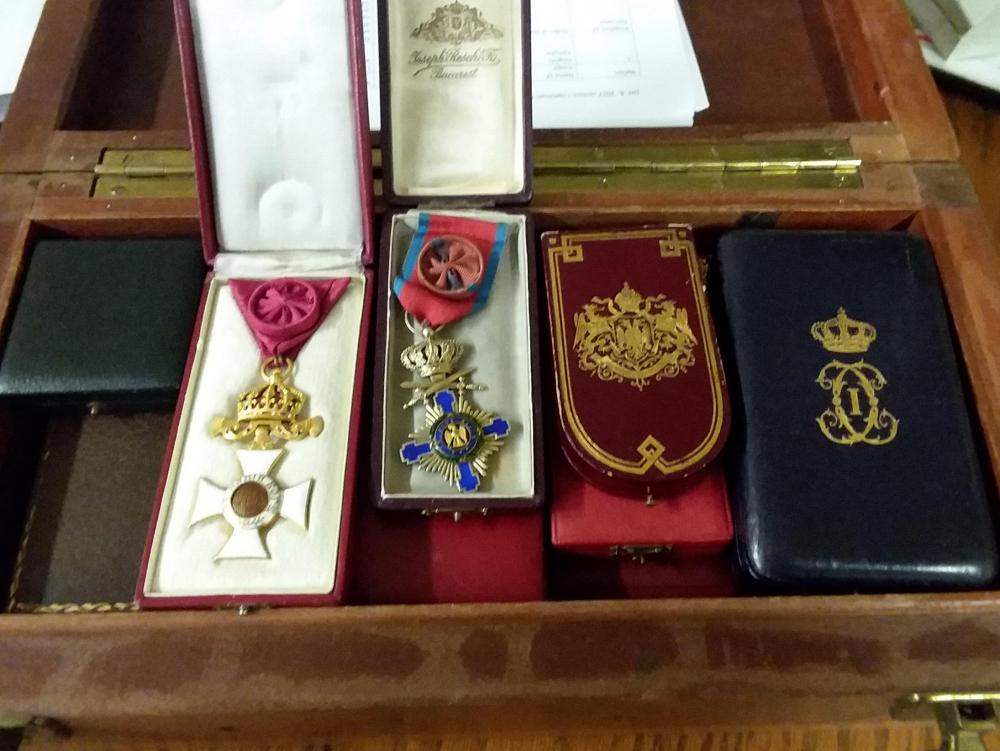
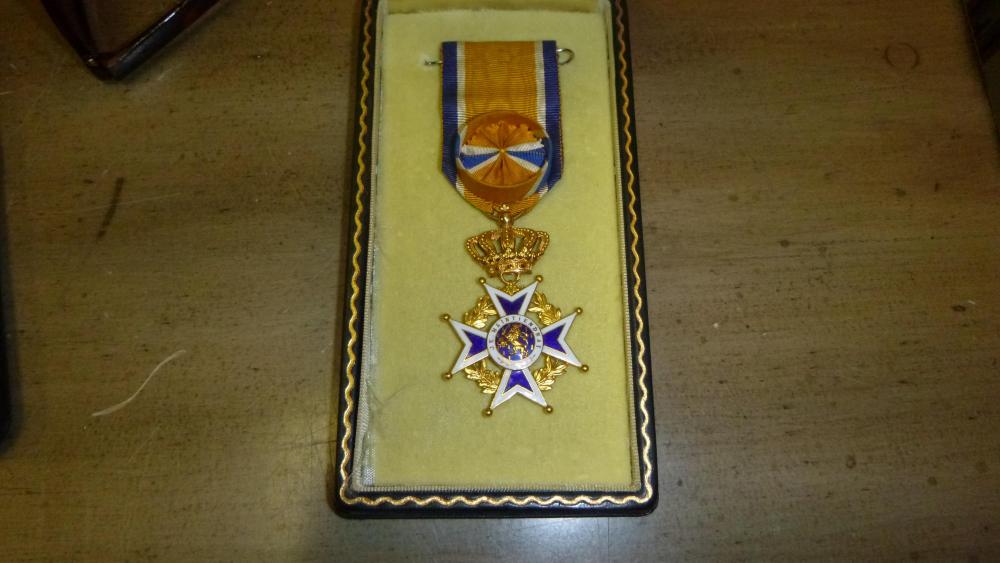
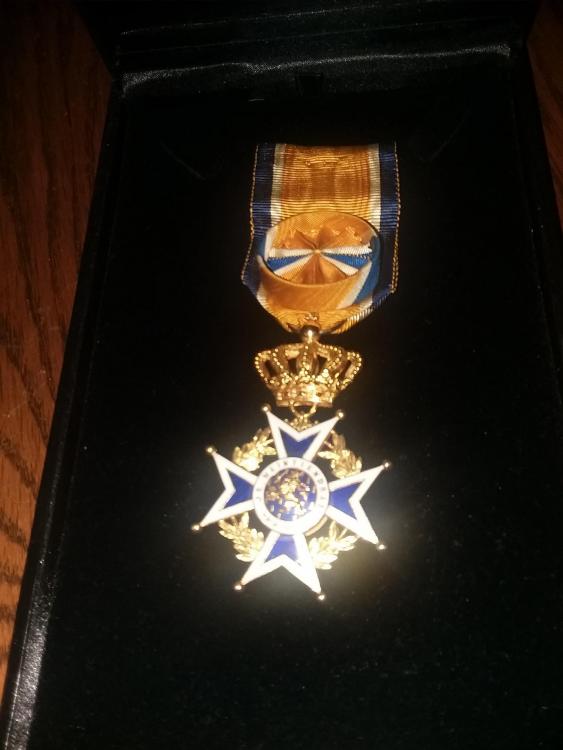
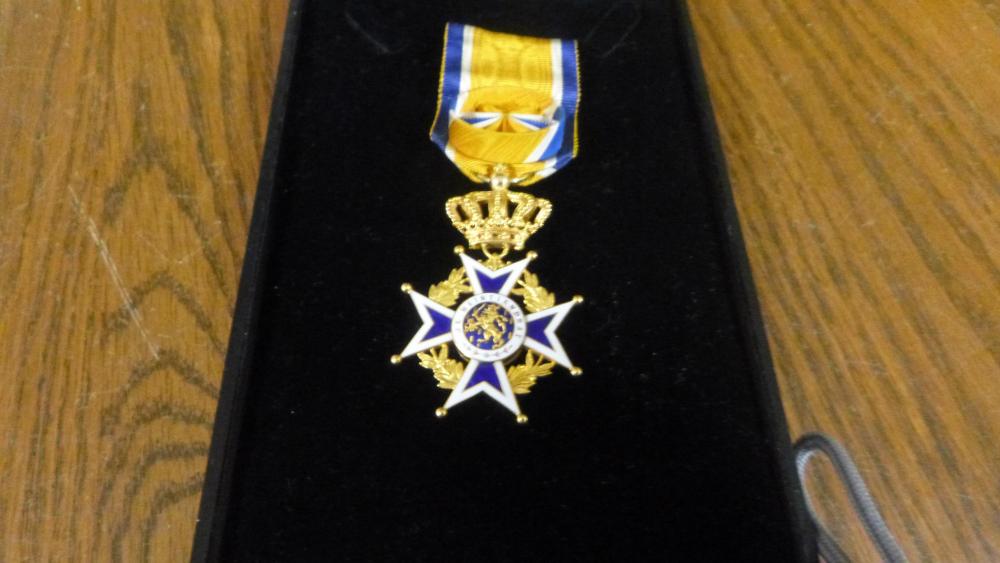


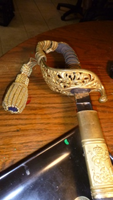
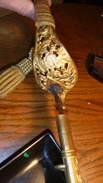

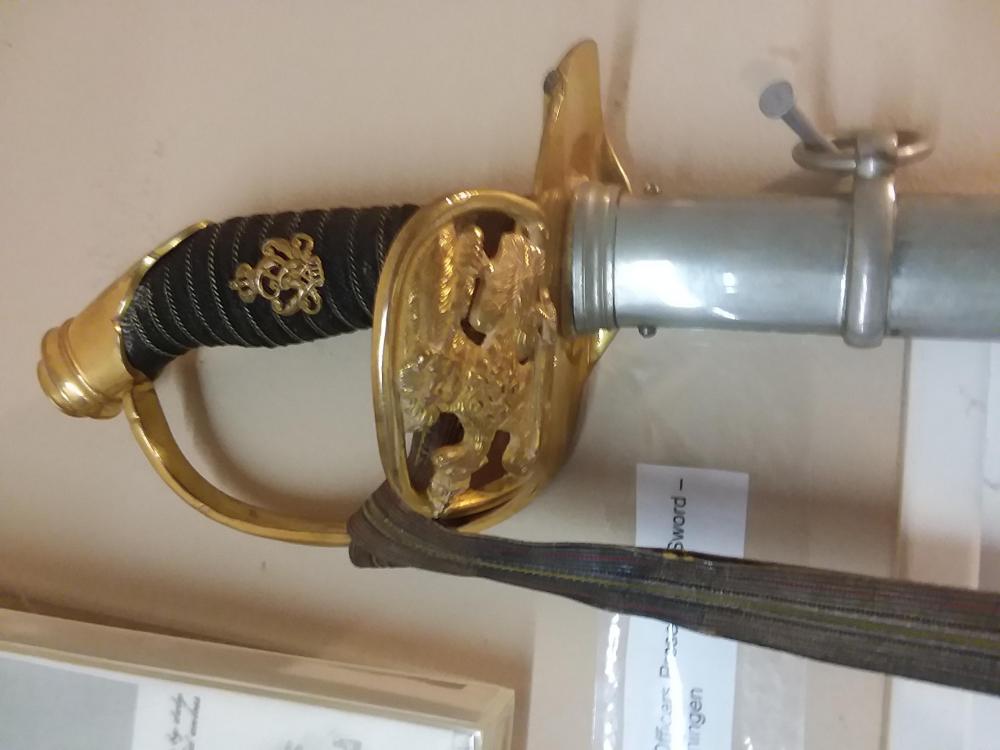
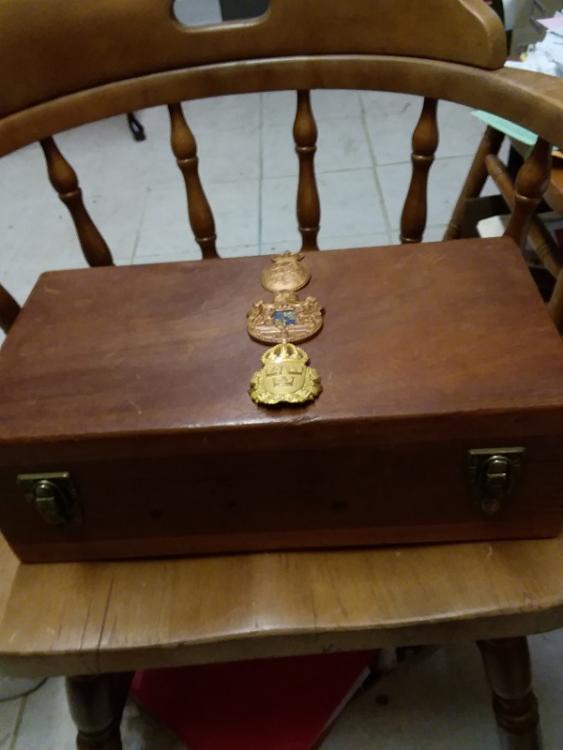

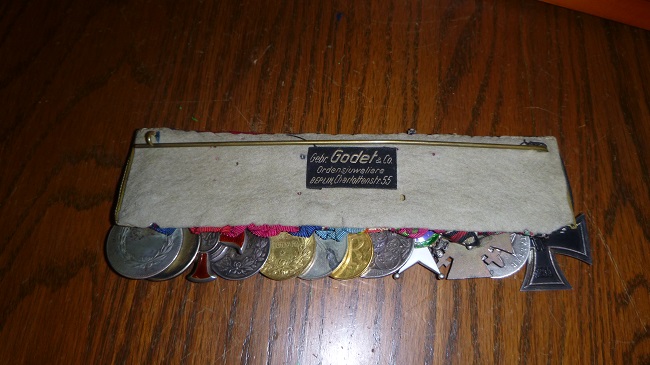
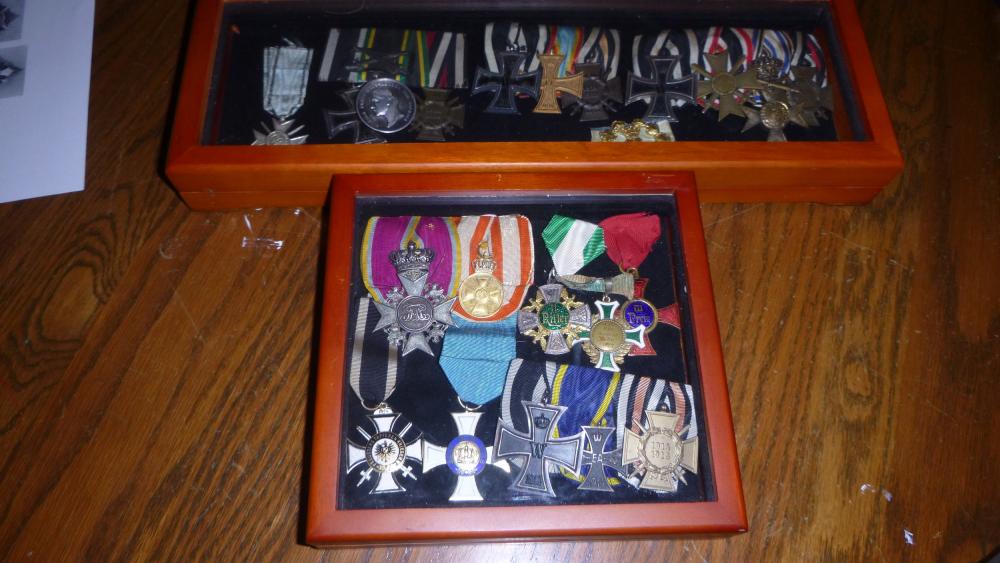

French mid 1800s epaulettes?
in France
Posted
I am sorry that I did not see your replies til tonight. Here are closeups of the eagles, as you mentioned and also a separate metal eagle I found elsewhere whose general identify I do not know of. the epaulettes and metal eagle are unrelated but I still would be interested in knowing about each. Thanks, David![]()
I had three images and it is only allowing me to send one photo attachment with this for some reason and I have resized the other two twice.
The metal eagle I referred to is a separate item from the epaulette conversation or piece.